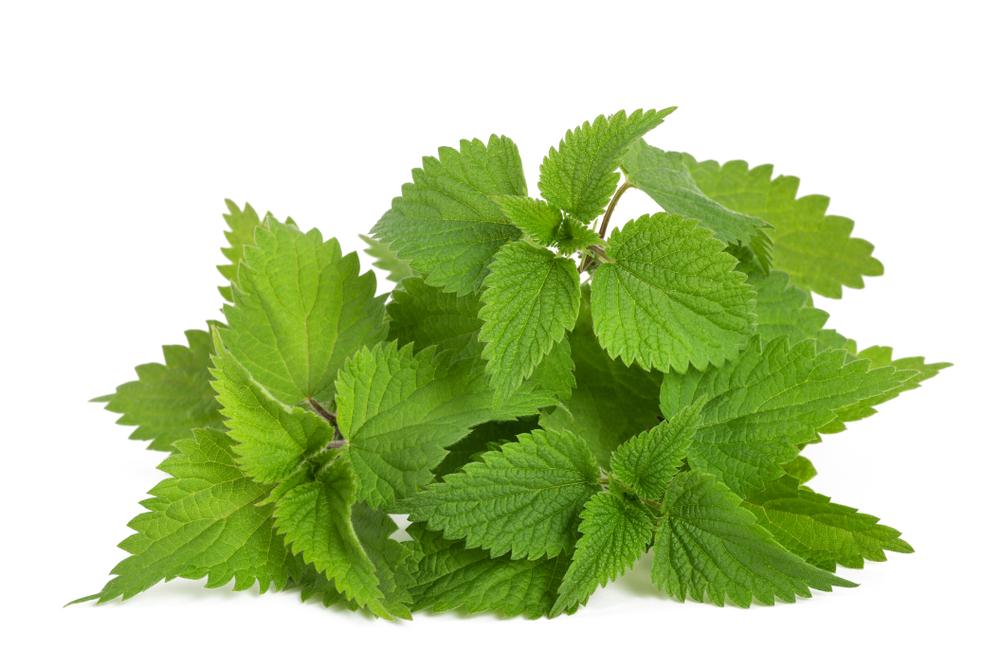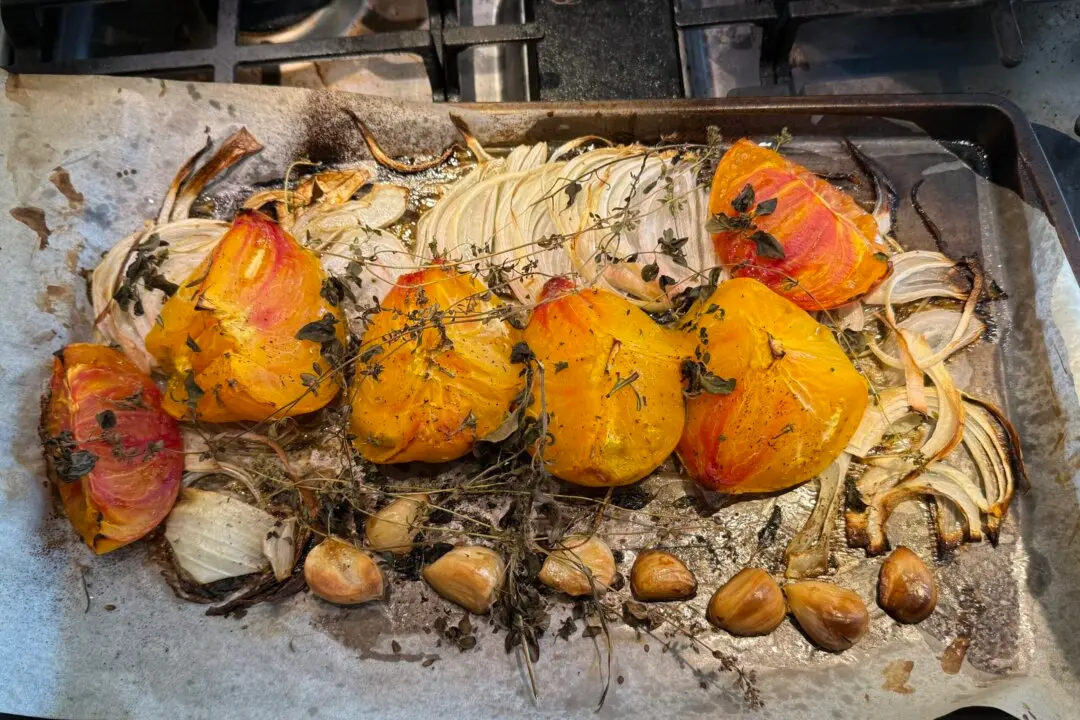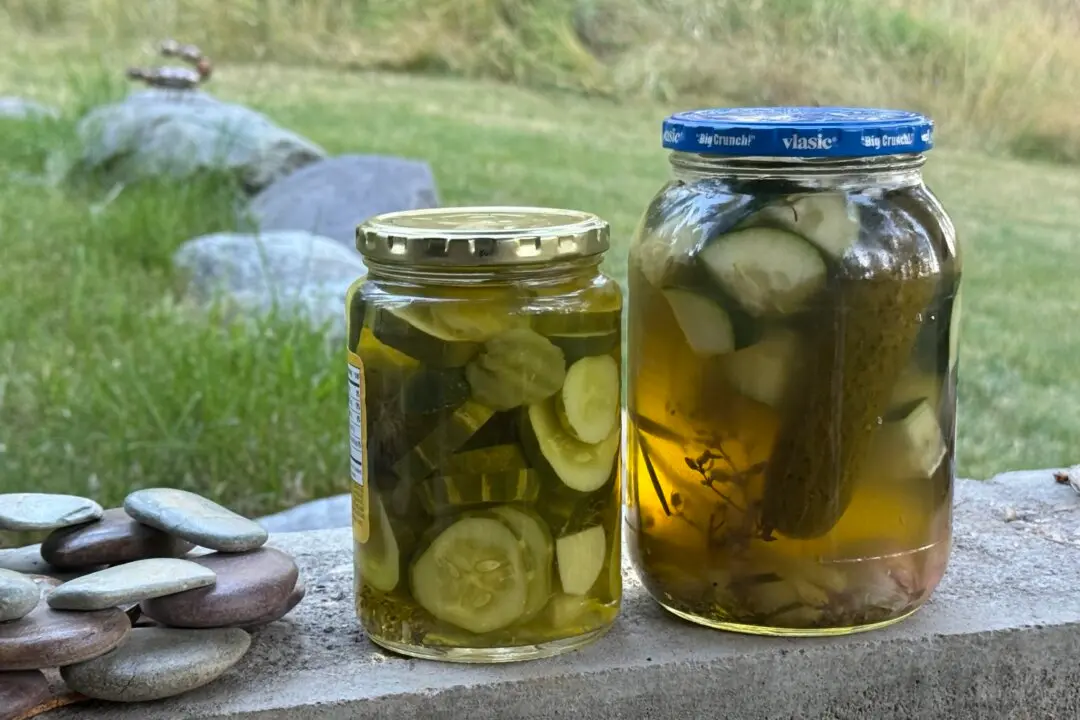The wild greens of springtime are on the rise—in the woods, by the creek, near the tracks, and in your garden, where they are known as weeds. These plants can be intensely bitter and aromatic, making their flavor too strong for many palates. For those who haven’t yet acquired a taste for them, turning these greens into pesto is a great way to explore the wild side of greens.
Pesto is a process as much as a recipe; it’s a method of turning greens into an Italian-style green paste by grinding them with garlic, oil, nuts, and cheese. These ingredients, also robust of flavor, can turn the strength of wild flavors into an asset.





